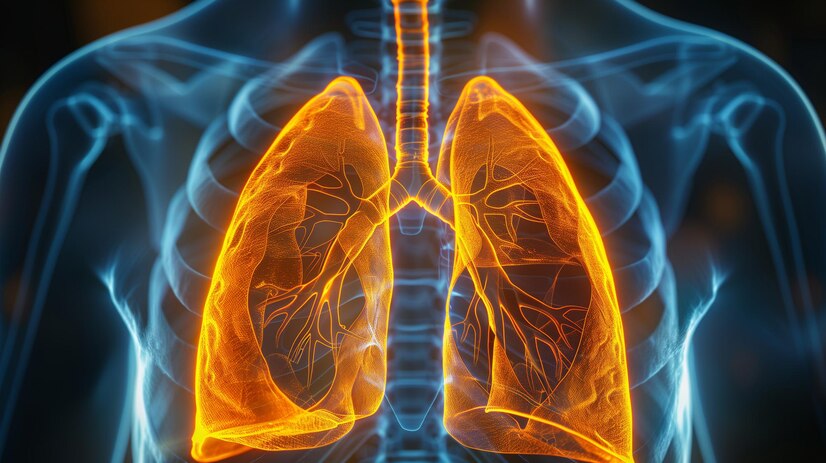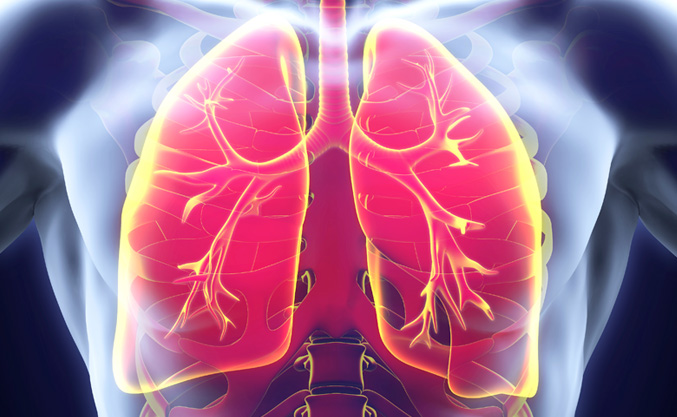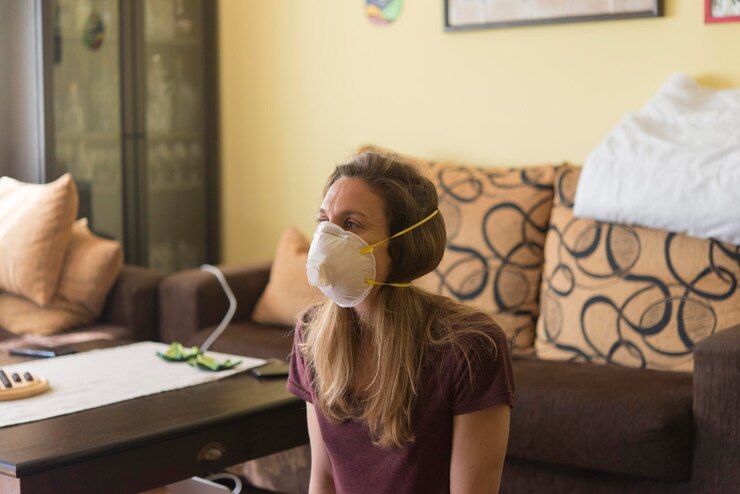One of the main causes of cancer-related death worldwide is lung cancer. Lung cancer has a poor outcomes despite better treatments. This is mostly due to late diagnosis. Improved lung cancer survival rates depend on early detection. It allows for efficient, possibly curative treatments.
The Value of Early Identification
Survival rates for lung cancer can be greatly increased by early identification. Early detection greatly boosts the success of lung cancer therapy. The “American Cancer Society” says that 65% of patients with localized lung cancer survive for five years. For those with metastatic cancer, the rate is just 9% (https://www.cancer.org/cancer/types/lung-cancer/detection-diagnosis-staging/survival-rates.html). This striking distinction emphasizes how crucial it is to identify the illness early on.
Methods of Screening
Low-dose computed tomography (LDCT) is the main technique for early lung cancer detection. In high-risk groups, LDCT scans cut lung cancer deaths by 20%.
Screening is recommended for those aged 50 to 80 who:
- Have smoked a lot (20 pack years or more (1 pack for 20 years/2 packs for 10 years/ ½ pack for 40 years).
- Currently smoke or quit within the last 15 years.
LDCT has a higher sensitivity for identifying tiny lung nodules than typical chest X-rays, which is why it is preferred.
Risk Elements and Eligibility for Screening
Smoking causes lung cancer in over 85% of cases, making it the most common risk factor. A family history of lung cancer is a risk factor, so are exposures to carcinogens like asbestos and radon gas. The US Preventive Services Task Force (USPSTF) says high-risk people should get annual LDCT screenings. This shows we must find those who would benefit most from early detection efforts.
Effect on Rates of Survival
Early detection has a significant impact on the survival rates of lung cancer. A large U.S. study, the randomized National Lung Screening Trial (NLST) in 2011, found that LDCT screening can reduce lung cancer deaths by 20% through early detection. A 2024 Journal of Clinical Oncology study found that screening for stage I lung cancer led to a 68% five-year survival rate, but those with stage II cancer had only a 33% survival rate. These results show that finding lung cancer early can save lives. It can detect the disease before it reaches severe stages.
Obstacles & Difficulties
Despite its clear benefits, some obstacles limit the use of lung cancer screening. A lack of knowledge and instruction on screening is a major obstacle for high-risk populations. Many people who meet the screening criteria can’t access the facilities or are unaware of them. Also, there are worries about screening’s drawbacks, like radiation, overdiagnosis, and false positives.
Overdiagnosis can lead to treating indolent cancers that may never cause harm. False positives can cause anxiety and trigger intrusive tests. Studies have shown that the benefits of screening often outweigh the risks. This is especially true for reducing mortality.
Progress in Prompt Detection
Technological advances are improving the accuracy of early lung cancer tests. Liquid biopsies are a non-invasive alternative to standard biopsy methods. They analyse circulating tumor DNA in the blood. Unlike imaging alone, these tests can find lung cancer-related genetic mutations and other changes. Many promising biomarkers have been identified that can be used for lung cancer screening and in the near future, a liquid biopsy may allow for an earlier diagnosis. of lung cancer.
Additionally, techniques for screening for lung cancer are incorporating artificial intelligence (AI). AI systems can better evaluate LDCT images. This reduces false positives and improves accuracy. This tech could boost lung cancer screening efforts. It would find more cases early.
Prospective Courses
Future priorities should focus on raising awareness of lung cancer screening. We should also broaden access to this treatment. Healthcare providers and legislators must work together. This will remove barriers to screening. It will also ensure that high-risk groups know about, and can access, early detection opportunities.
They may improve lung cancer screening by studying biomarkers and genetic tests. It may become more precise and efficient. AI and image tech should soon improve screening. That will boost survival and early detection rates.
Conclusion
Early detection offers the best chance for surviving lung cancer. It is key to successful therapy. Efficient screening, like LDCT, can detect lung cancer early. This is when treatment is most likely to cure it. To save lives, we must fix issues with awareness, access, and screening risks. As science and technology advance, hope for lung cancer detection and treatment grows. Early diagnosis and intervention could save countless lives.






